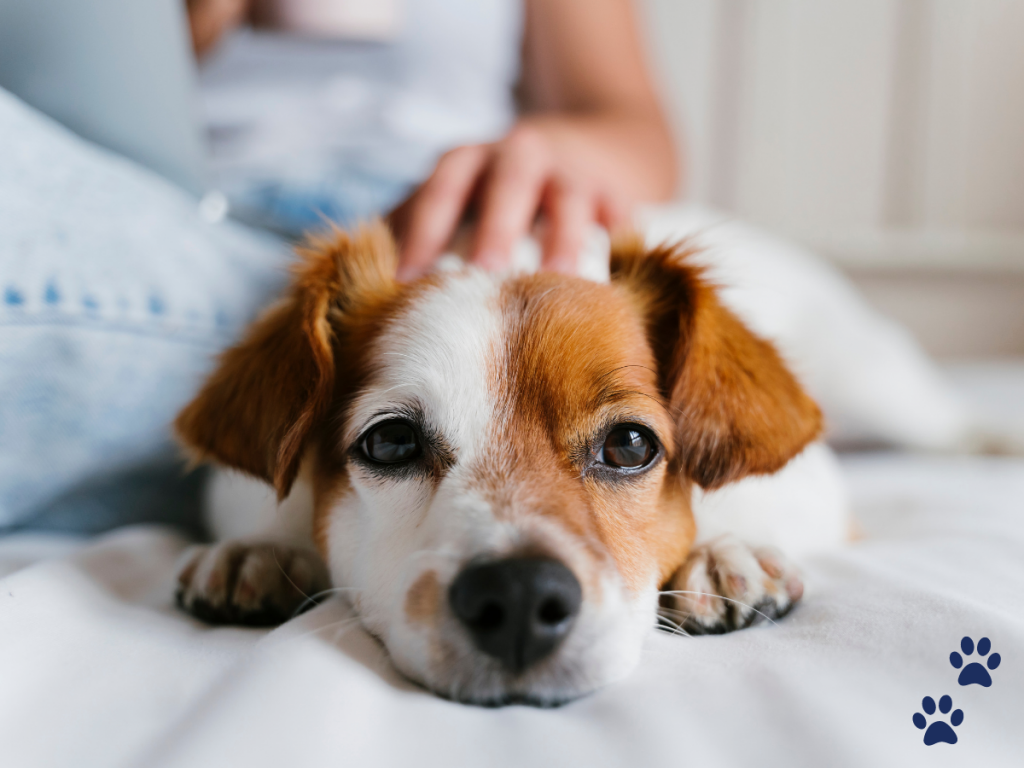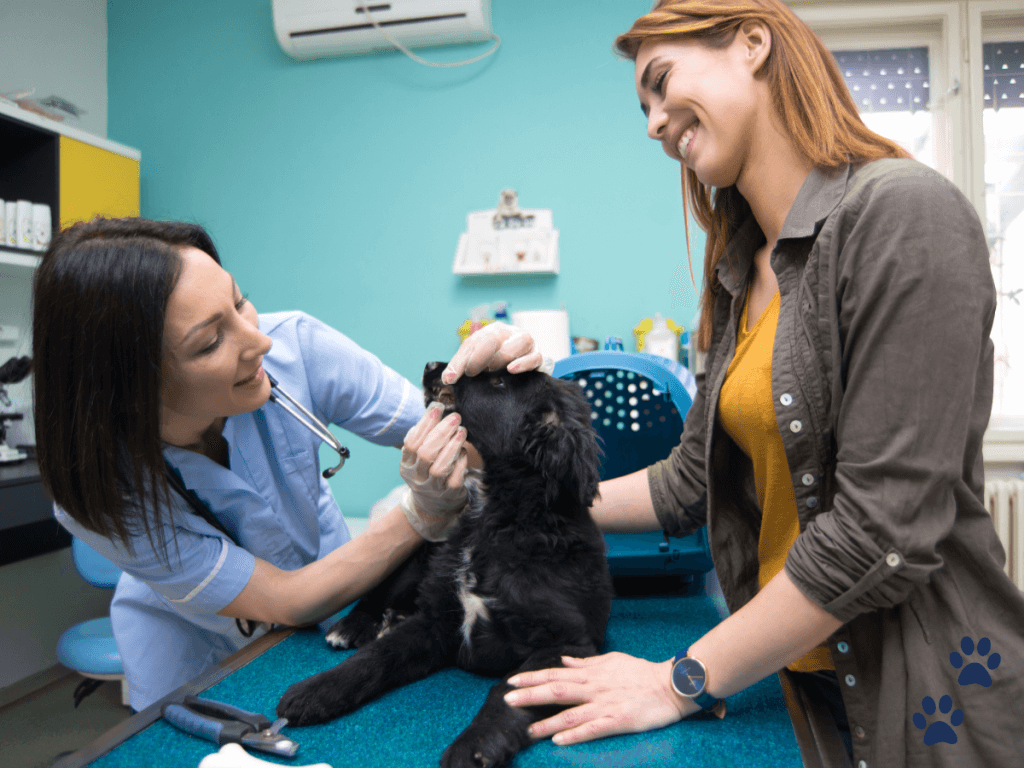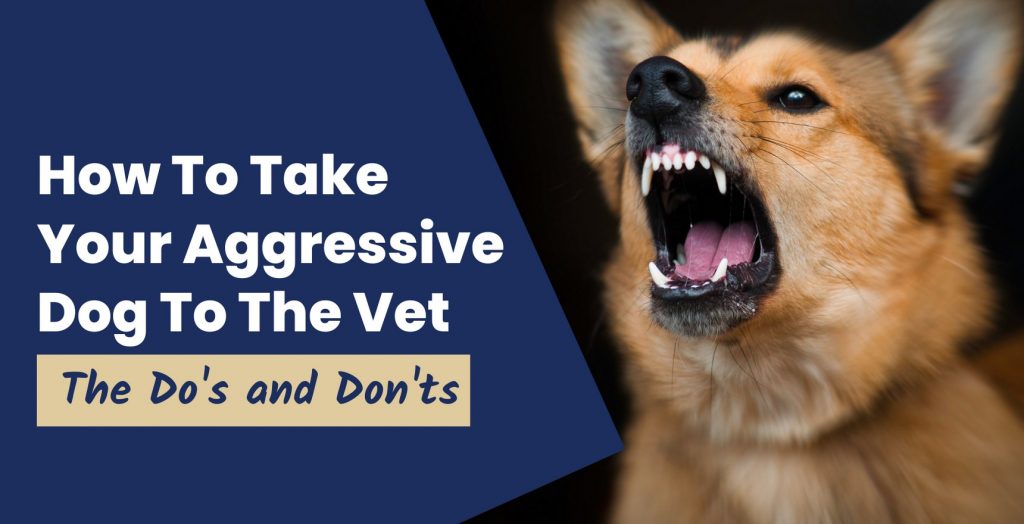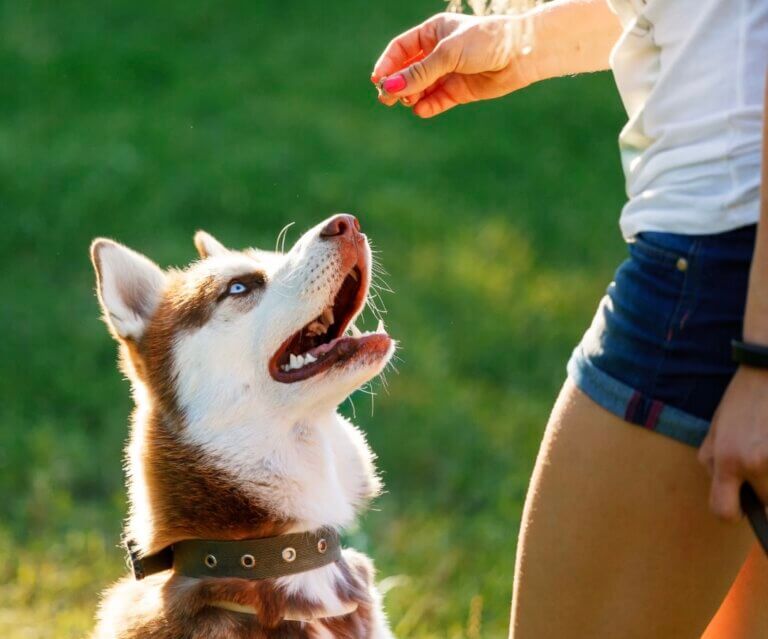Many dog owners dread taking their aggressive dogs to the vet because they don’t know how to deal with their dog’s aggression properly.
Let’s be honest…
But the truth is, it doesn’t have to be a nightmare. In fact, there are simple tips you can use as a guide to make it a positive experience.
In this blog post, you will learn what the do’s and don’ts are when taking an aggressive dog to the vet.
What You Should NOT do:
Not paying attention to your dog
Look, this is a no-brainer. If you’re not paying attention to your dog, then how will you know when they are getting anxious or stressed out?
Allowing your dog to roam freely
This can be a recipe for disaster.
Instead, you should keep your dog or puppy on a leash and close to you at all times.
Letting your dog off lead
It is another no-no. You see, even if think your dog is well-behaved, you never know what might happen when they’re off the lead.
They could get scared and runoff, or worse, they could attack another dog or person. So, it’s still best to keep your dog on a leash when you’re at the vet’s office.
Avoid your vet greeting your dog over-enthusiastically, especially when they feel trapped
Your dog may not be too fond of being poked and prodded by the vet. So, it is best to avoid your vet greeting your dog too enthusiastically.
What YOU SHOULD DO:

Plenty of praise for good behaviour
One way to keep your dog calm and focused during the vet visit is to give them plenty of praise for good behaviour.
So, if they know that they’re being praised for behaving well, they’re more likely to continue to do so.
High-value food rewards
Another way to keep your dog calm is to give them high-value food rewards.
This could be anything from their favourite treats or even a piece of cooked chicken.
Food rewards can help build trust, although they may not be appropriate in every situation.
But at least it’s something to consider if you’re struggling with how to keep your dog calm during the vet visit.
Muzzle training your dog well before appointments
If you know that your dog will be anxious at the vet’s office, then it is best to muzzle train them well before the appointment.
Plus, it will also help to prevent them from biting the vet or anyone else.
Having rock-solid obedience
It means that your dog should be able to follow basic commands.
If not, then now is the time to start.
Re-assurance
So, if you’re calm and collected, then chances are your dog will be too.
Which is why it is essential always to remain calm and reassure your dog during the vet visit.
You can use a calm and soothing voice, as well as pet them gently.
Reward your dog for being good
When it comes to taking an aggressive dog to the vet, you should never think about punishing them for being anxious or stressed.
The most important thing is that you remain in control of the situation. So again, keep your dog close to you and understand their body
Calm greetings from your vet
As we said earlier, your dog may become anxious and stressed out if they are greeted too enthusiastically.
It would help to remind the vet’s staff about your dog’s behaviour.
Make sure you work with a vet who asks how to best handle your dog
Remember that not all vets have the same amount of experience with aggressive dogs.
This way, you can be sure that your dog will have a positive experience at the vet’s office.
The vet may ask if your dog copes okay with a physical exam or how he goes with general handling…
Go slow and communicate any sensitive areas
The vet should be taking a hands-off approach, letting your dog sniff them before anything else happens.
A promising sign that the vet is experienced is if they have a helper present during the exam for extra safety measures.
Maintain control of your dog’s head
It would be best never to let the vet control your dog’s head during the exam.
Instead, you should maintain control of your dog’s head and only allow the vet to proceed when your dog is calm and relaxed.
To wrap things up

So, there you have it.
Keep these do’s and don’ts in mind when taking your aggressive or reactive dog to the vet.
Following these practical tips should help make the experience go more smoothly for everyone involved.
Thanks for reading and watch out for our next blog post.

